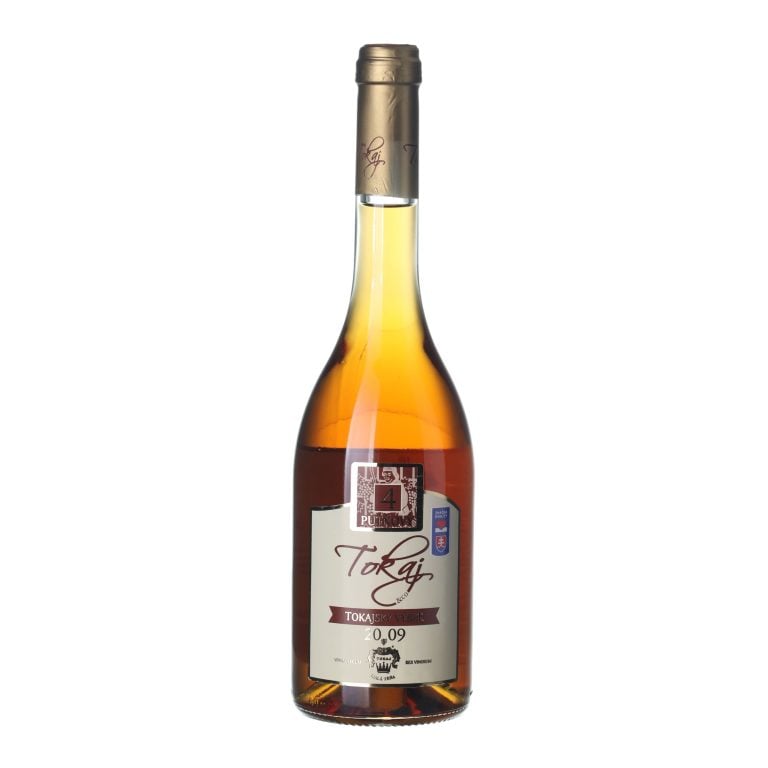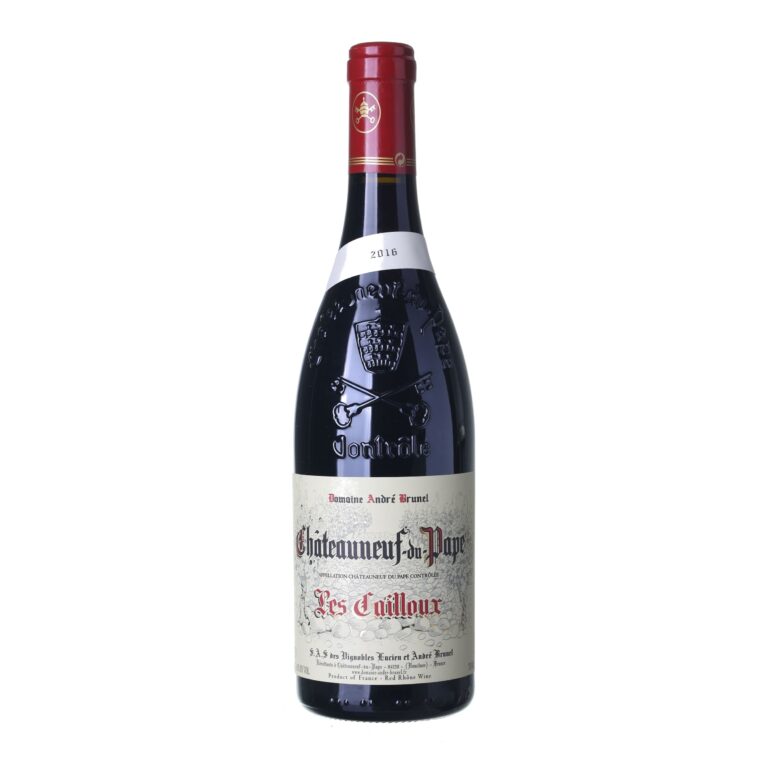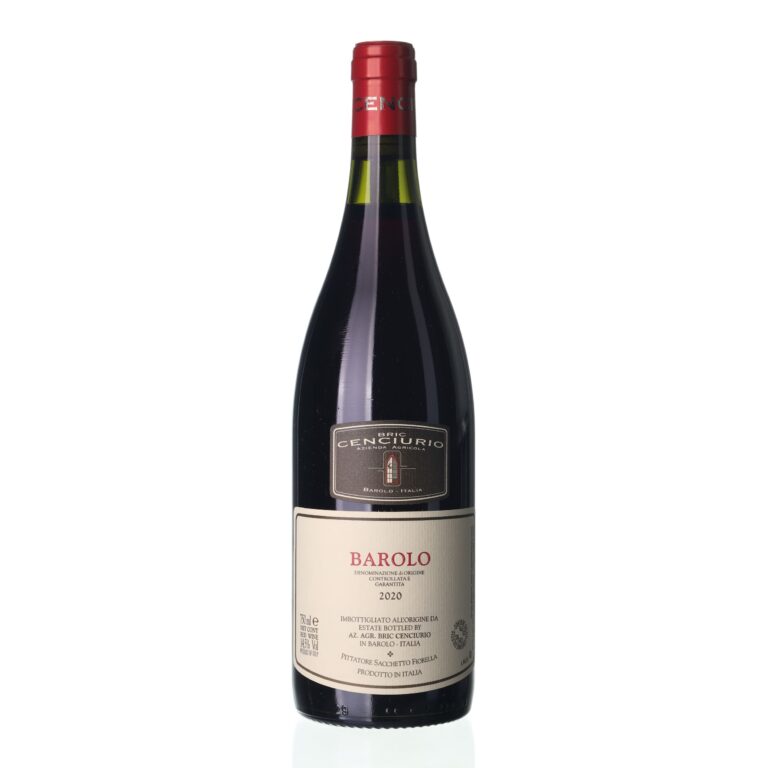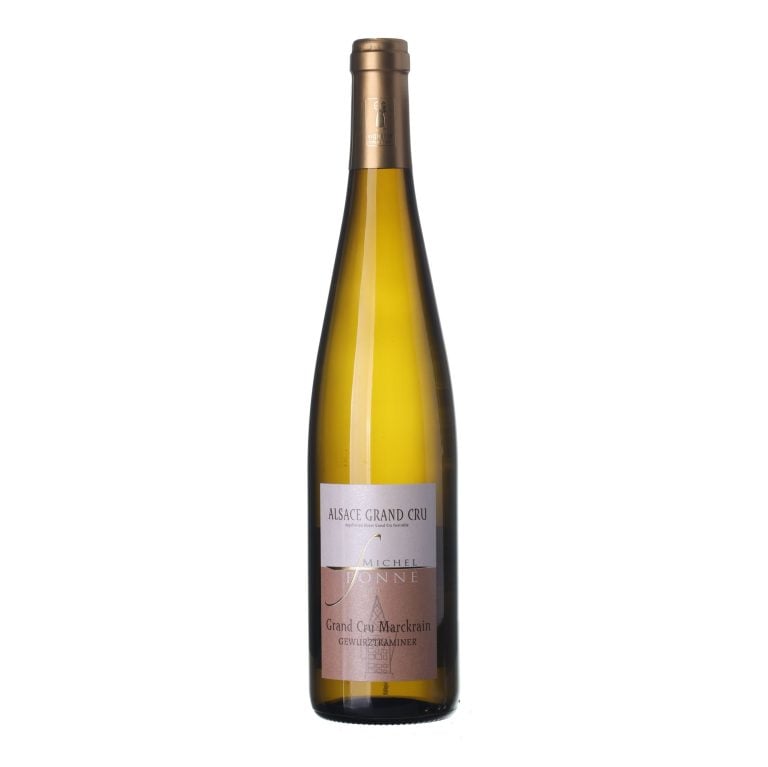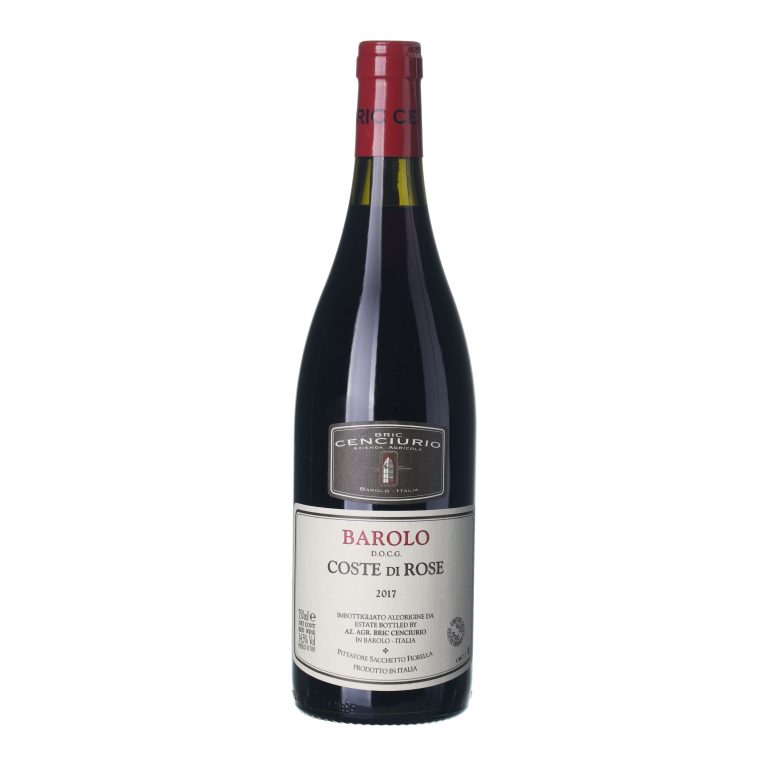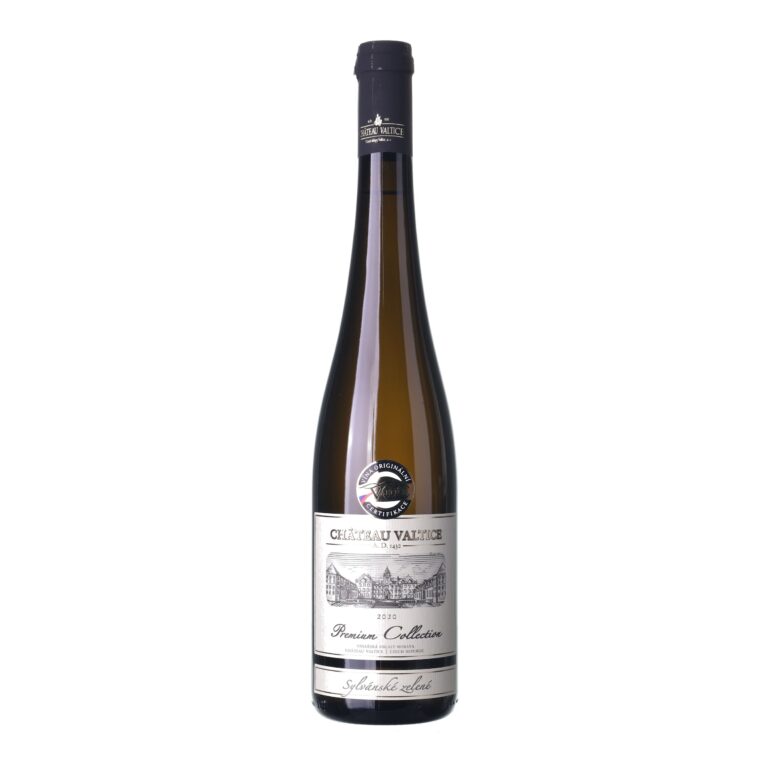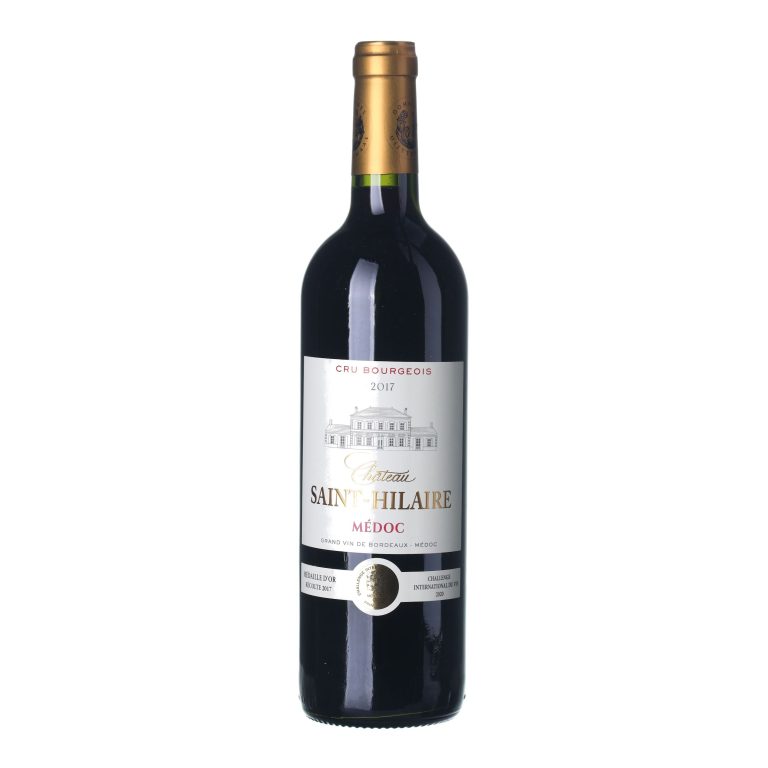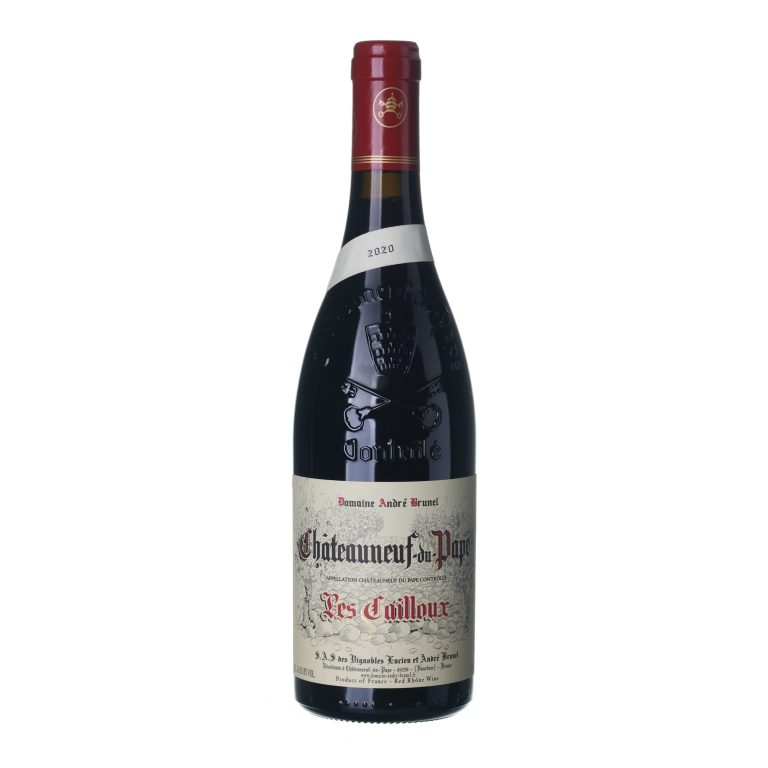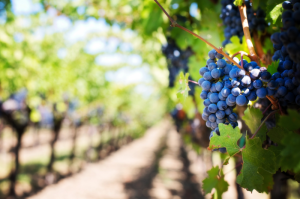The best time to open vintage wines

Is a significant event, anniversary, or celebration coming up? Maybe you were thinking about whether it’s the right time to open a wine from the archive that you’ve been thinking about for some years. But before you go for it, first read our article so you don’t miss out on the experience you’ve been waiting for.
Archiving wine isn’t science. Or – is it?
Well, it depends on how you look at it. If you are new to archiving wines, we definitely recommend acquiring at least some basic information about how to store it properly so you won’t be disappointed when you open up your dream wine.
To make the whole learning process easier we’ve prepared a separate article on the subject of How to store vintage wines. There, you’ll learn not only how to store vintage wines, but also what kinds of wines are suitable for archiving.
So: do you have all the important facts lined up, or did you manage to absorb them earlier? Great, let’s move on!
Vintage wine doesn’t have to be a hundred years old
If you previously associated the concept of “vintage wine” only with truly ancient wines, keep in mind that according to the letter of the law this is not the reality of the matter. According to an implementation ordinance from the Act on Viticulture and Enology it is possible to find the designation of vintage wine on a bottle label if the wine was released to the market at least 3 years after the grape harvest.
What is this related to? Certainly also to the fact that we divide archiving and the wines intended for it into three groups, according to how much time is needed. Like this:
- Short-term archiving: 1 to 3 years (this applies to the majority of quality and cabinet wines).
- Medium-term archiving: 3–8 years (these include late harvest wines, select grape wines, and botrytized and straw or ice wines).
- Long-term archiving: more than 8 years (this includes quality fortified wines such as Port, Burgundy … ).
A further classification connects the first two groups and introduces the division of wines as follows:
- Wines for shorter-term and medium-term archiving: 3–5 years.
- Wines for longer-term archiving: 8–25 years or more.
It’s always necessary to keep in mind what your goal for archiving the wine is. It’s not just some kind of “race to grab the oldest wine,” but a question of assessing a wine and ensuring the maximum development of its potential. And this is going to happen at a different moment for each wine.
Now? An ambiguous answer to a clear question
If you are now awaiting precise instructions on when to open which wine maybe you’ll be a little disappointed, but we can still provide some useful advice: we should relish wine from the archive at the peak of its maturation, at the moment when its taste and aroma are at their best.
One way to find out when this will happen is by storing several bottles of the same wine (from the same batch) that you open, say, each year or in longer intervals (with expensive wines, the bottles are not opened, but only “pierced through the cork”). It’s generally true that white wine matures faster in the bottle than red.
You can also write down your impressions, and, at the moment when you feel that the wine has reached its best condition, prepare yourself to consume it. After this, wines only lose quality and begin to seem “tired,” which means that it’s impossible to revisit the time when they achieved perfection.
Last but not least, personal preference can contribute to the timing of opening an vintage wine. Some enjoy tasting a wine’s fruity, fresh tones, but others prefer to wait for a more mature character to develop.
Did you know that …
Were you intrigued by the method mentioned above in which a wine is only “pierced” through the cork? This is called Coravin and it’s actually a whole sophisticated system with its own technology, which allows a wine tasting even without opening the bottle. You get the wine out of the bottle using a machine with a hollow needle that goes through the cork. The empty space in the bottle is then filled with inert argon gas and the wine can continue its maturation.

After opening the wine it’s time to decant it
After an vintage wine is opened it should be decanted, which is done with older – especially red – wines for the purpose of removing sediments before serving them. The wine is poured into a decanting vessel (carafe), leaving a little of it at the bottom of the bottle – because there may be sediment in it.
Sommeliers often use a candle to illuminate the neck of the bottle when they inspect a decanted wine. This way they can be sure there’s no risk of pouring out sediment along with the wine. The wine should be poured into the decanting vessel slowly, along its sides.
Young red wines should be allowed to “breathe” before serving, because they’re benefited by aeration. During this process we can pour the wine into its vessel from a greater height and then swish it around. Then it should stand for an hour before it’s consumed in order to let it express its complex aroma and taste.
Vintage wines are (not only) a great gift
One of the reasons to archive wine is the fact that vintage wine is a great gift for various anniversaries and birthdays, and it also provides a special element at a festive table. Some enjoy saving a supply of wine that they have greatly enjoyed, so they always want to have it at hand. Other wine lovers simply catch the fever for collecting, or they decide to invest in wine.
Archiving wine in practice, or a last tip
In conclusion, it’s necessary to say that the wines available in regular commercial networks are not suitable for archiving. The manufacturers bring them to market with the intention that they will be consumed quickly (ideally, within two years). These wines are light and fresh, and there’s nothing to gain with long-term storage.
If you want quality that increases over time, try wines that are directly intended for archiving. Advice from an expert in dealing with vintage wines can also guide you. Or a winemaker or experienced wine dealer can help you make the right selection.
Last but not least, follow our blog, where we will continue to focus on vintage wine.
Select wines. In your email.
once every month. You can look forward to our recommendations, interesting content, and great offers for your archive for your archive.
By sending an email you agree to the Terms and Conditions for Protection of Personal Data


